I checked out the Pixel 10, Pixel 10 Pro, and Pixel 10 Pro XL — here’s the one I recommend
There are some key differences when you look closer

The latest Made by Google event revealed the company’s new phone lineup and, similar to years past, we have three new models: the Pixel 10, Pixel 10 Pro, and Pixel 10 Pro XL. You might be wondering what’s different about them apart from their names?
Well, I got the chance to check them all out during some hands-on time and can tell you there’s some notable differences — including the two Pro models. I’ve also got to try out a few of their new AI features, like Ask Photos and Pro Res Zoom. In my Pixel 10 vs Pixel 10 Pro vs Pixel 10 Pro XL comparison, I’ll tell you exactly how they differ from one another from their prices, all the way to what features they support.
I still have some testing to put them all through, but I can tell you there’s already one leading the pack for me.
Pixel 10 vs Pixel 10 Pro vs Pixel 10 Pro XL: Specifications
| Row 0 - Cell 0 | Google Pixel 10 | Google Pixel 10 Pro | Google Pixel 10 Pro XL |
Price | $799 / £799 / AU$1,349 | $999 / £999 / AU$1,699 | $1,199 / £1,199 AU$1,999 |
Display | 6.3-inch 1080 x 2424 Actua Display (OLED) | 6.3-inch 1280 x 2856 Super Actua (OLED) | 6.8-inch 1344 x 2992 Super Actua (OLED) |
Refresh Rate | 60-120Hz | 1-120Hz | 1-120Hz |
Chipset | Tensor G5 | Tensor G5 | Tensor G5 |
RAM | 12GB | 16GB | 16GB |
Storage | 128GB, 256GB | 128GB, 256GB, 512GB, 1TB | 256GB, 512GB, 1TB |
Rear cameras | 48MP (f/1.7) main, 13MP (f/2.2) ultrawide, 10.8MP (f/3.1) telephoto w/5x optical zoom | 50MP (f/1.68) main, 48MP (f/1.7) ultrawide, 48MP (f/2.8) 5x telephoto | 50MP (f/1.68) main, 48MP (f/1.7) ultrawide, 48MP (f/2.8) 5x telephoto |
Front camera | 10.5MP (f/2.2) | 42MP (f/2.2) | 42MP (f/2.2) |
Battery | 4,970 mAh | 4,870 mAh | 5,200 mAh |
Charging Speeds | 30W wired, 15W wireless | 30W wired, 15W wireless | 45W wired, 25W wireless |
Construction Rating | IP68 | IP68 | IP68 |
Size | 6 x 2.8 x 0.3 inches (152.8 x 72. x 8.6 mm) | 6.0 x 2.8 x 0.3 inches (152.8 x 72 x 8.6 mm) | 6.4 x 3 x 0.3 inches (162.8 x 76.6 x 8.5 mm) |
Weight | 7.2 oz (204 grams) | 7.3 ounces (207 grams) | 8.2 ounces (232 grams) |
Colors | Obsidian, Indigo, Frost, Lemongrass | Moonstone, Jade, Porcelain, Obsidian | Moonstone, Jade, Porcelain, Obsidian |
Pixel 10 vs Pixel 10 Pro vs Pixel 10 Pro XL: Price and release
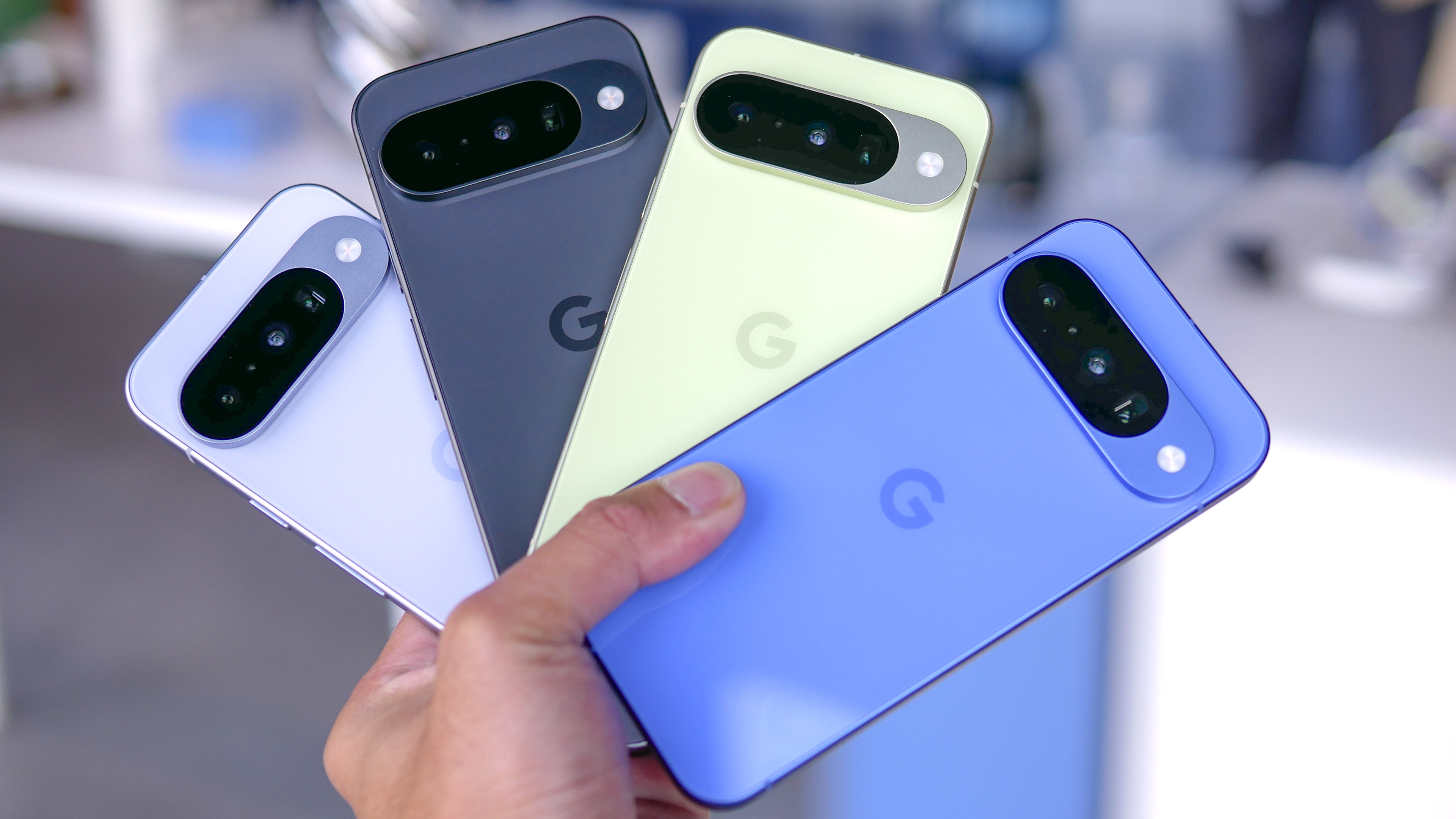
- Pixel 10 Pro XL: $1,199
- Pixel 10 Pro: $999
- Pixel 10: $799
There’s a little bit of a shakeup with their pricing, but it only relates to the Pixel 10 Pro XL. It's actually $100 more expensive than last year’s Pixel 9 Pro XL, but I wouldn’t necessarily say it’s a price hike because that came with 128GB of storage — whereas the Pixel 10 Pro XL has double that at 256GB for $1,199.
It’s still a premium to pay in my opinion, which definitely makes the Pixel 10 Pro a bit more appealing. Thankfully, Google kept it at $999, which is nice because it has the same processor, cameras, RAM, and AI features as the Pixel 10 Pro XL.
And finally, the most interesting of the bunch is the Pixel 10 because of the new triple camera system it’s offering this time. This adds more value to its $799 cost, which is no different from the previous model. At the same time, it gets many of the same AI features found on the more expensive Pro models.
Pixel 10 vs Pixel 10 Pro vs Pixel 10 Pro XL: Design
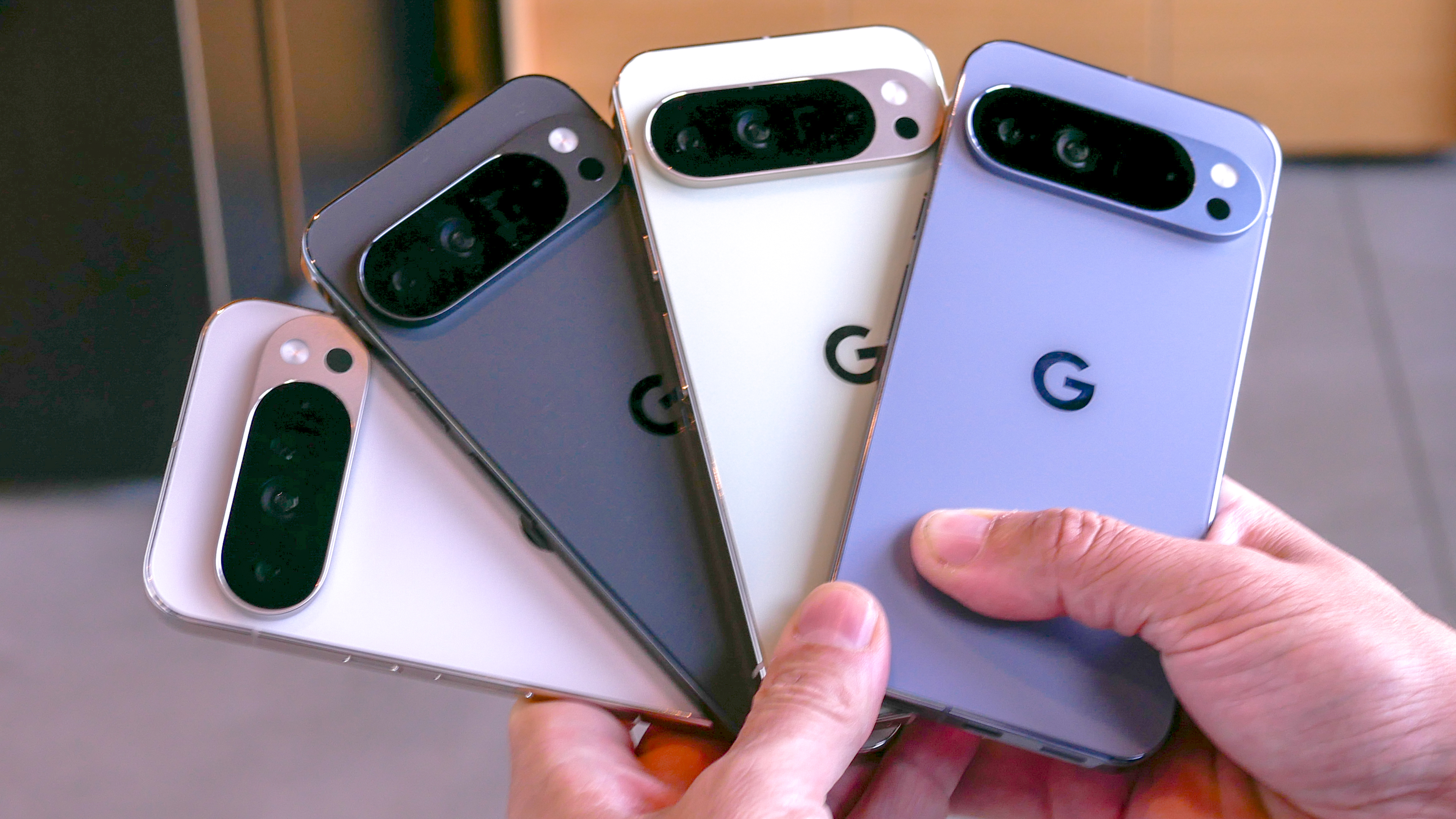
- Same designs as last year's models.
- All now strictly use eSIM, so there's no physical SIM card slot.
- Pixel 10 and Pixel 10 Pro are almost identical in size and weight.
- Pixel 10 has the best colors.
Clearly all three phones employ the same design language as last year’s models, so that consists of flat edges, rounded corners, and their distinct elongated camera bars on the back. They’re all solidly constructed because of their aluminum frames, Corning Gorilla Glass Victus 2 covers, and IP68 rating.
Get instant access to breaking news, the hottest reviews, great deals and helpful tips.
Your preference in size could influence your decision, but I do like how the Pixel 10 and Pixel 10 Pro are almost identical in size and weight — plus, they’re a lot more manageable to use one-handed than the Pixel 10 Pro XL. One way to tell the Pros apart from the Pixel 10 is to look at the back of the phones because the 10 Pro and 10 Pro XL have that extra cutout below the LED flash for the temperature sensor.
It’s also worth mentioning that they all strictly use eSIM, which is a first for the series. I still would’ve preferred having a physical SIM slot, so I’m not thrilled by this change.
Lastly, there’s the colors of each phone. Both Pixel 10 Pro and 10 Pro XL come in the same flavors: Moonstone, Jade, Porcelain, Obsidian. Out of the bunch, I prefer Moonstone because it has a bit more color saturation than Jade. Meanwhile, I think the Pixel 19 has the best color options with Obsidian, Indigo, Frost, Lemongrass. Indigo and Lemongrass pop out more because of their saturations.
Pixel 10 vs Pixel 10 Pro vs Pixel 10 Pro XL: Display
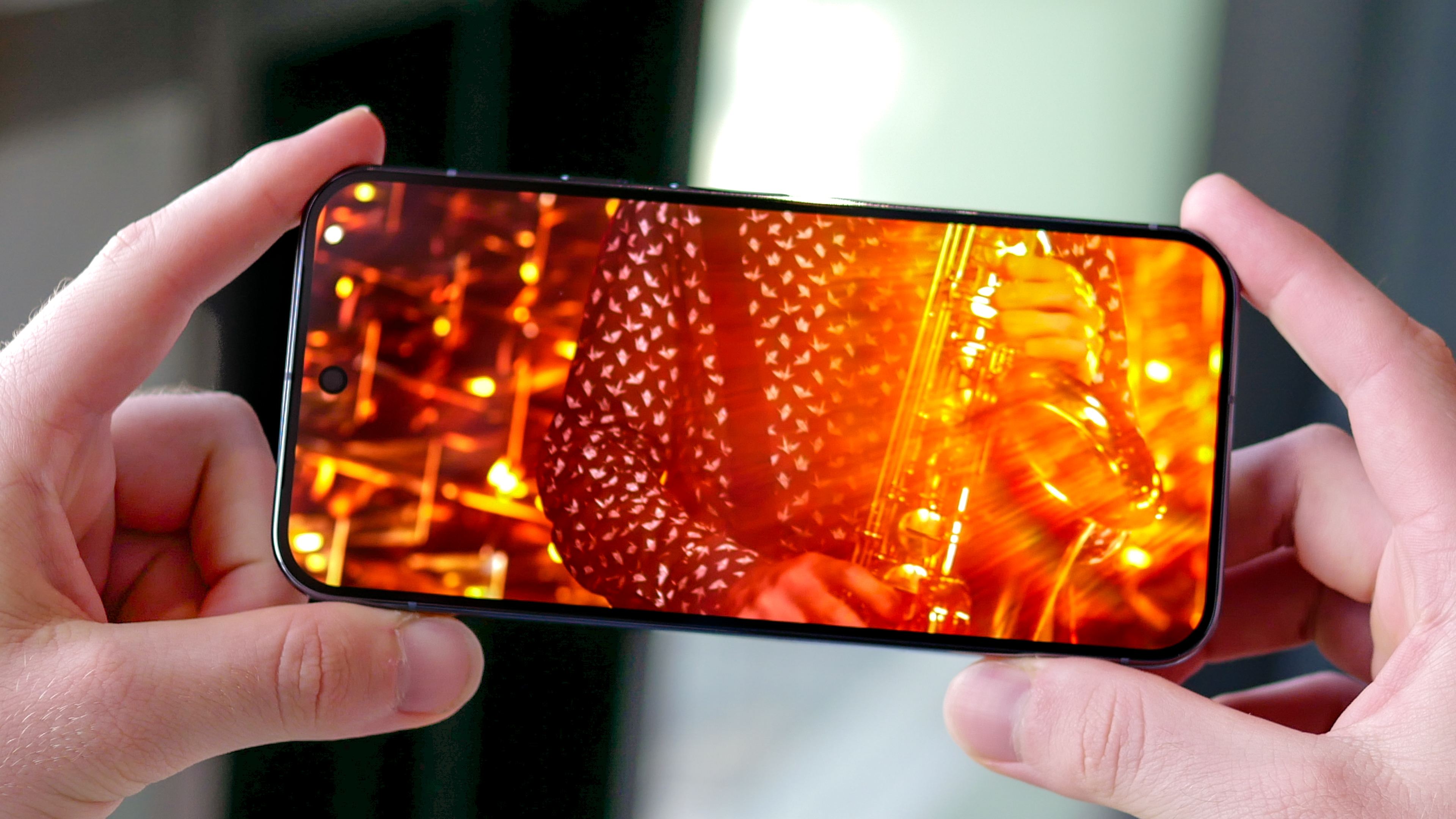
- Pixel 10 and 10 Pro have the same sized screens
- Pro models have displays rated for up to 3,300 nits
- Pixel 10 Pro has the highest pixel density
No matter your preference, I really love the OLED panels that Google uses with its phones. You’ll get those rich colors that OLED screens are known for, while maintaining picture clarity under challenging conditions — like minimizing reflections. However, there are key differences that the display specs reveal.
Both the Pixel 10 and Pixel 10 Pro share a 6.3-inch display, but you can read how they’re different in the specs table. What’s important to note here is that the Pixel 10 has a 60-120Hz refresh rate. Since the refresh rate caps at 60Hz, it wouldn’t have the same power efficiency as the other two models — which both operate at 1-120Hz. If you want the largest display, then you’ll want to stick with the 6.8-inch size of the Pixel 10 Pro XL.
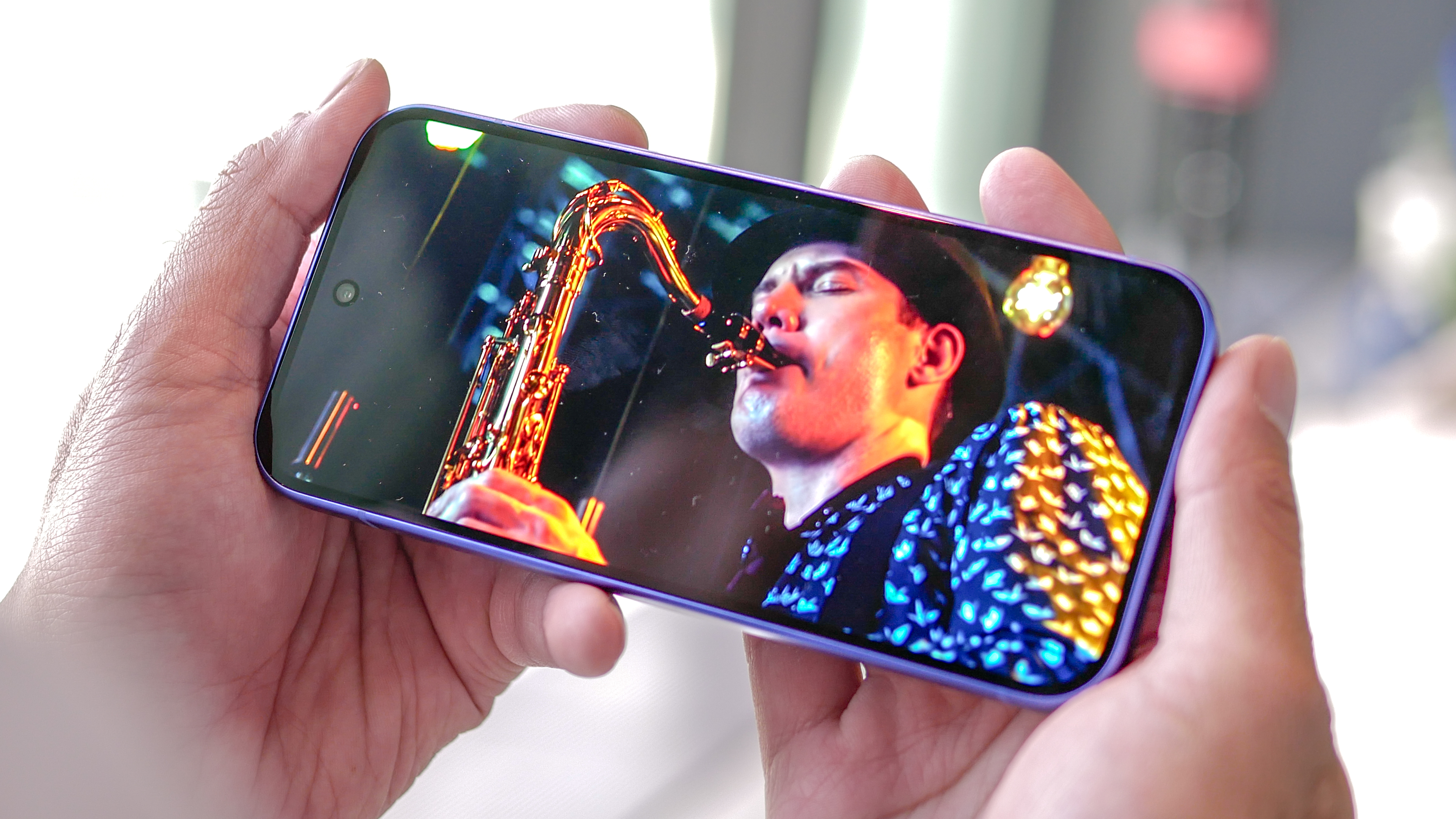
Google has both the Pixel 10 Pro and 10 Pro XL rated for up to 3,300 nits of brightness, something I’m skeptical about because it’s very rare that our testing reaches those claims. However, it’s worth mentioning that the Pixel 9 Pro XL is currently the phone with the brightest screen that Tom’s Guide has ever tested — so I’m confident for the Pixel 10 Pro XL claiming that title.
Finally, running the numbers reveal that the Pixel 10 Pro has the highest pixel density count at 497 ppi — versus the 421 ppi and 482 ppi pixel densities of the Pixel 10 and Pixel 10 Pro XL respectively. Higher pixel densities mean more screen detail, but I’d argue that most people would have a difficult time seeing these differences in real life.
Pixel 10 vs Pixel 10 Pro vs Pixel 10 Pro XL: Cameras
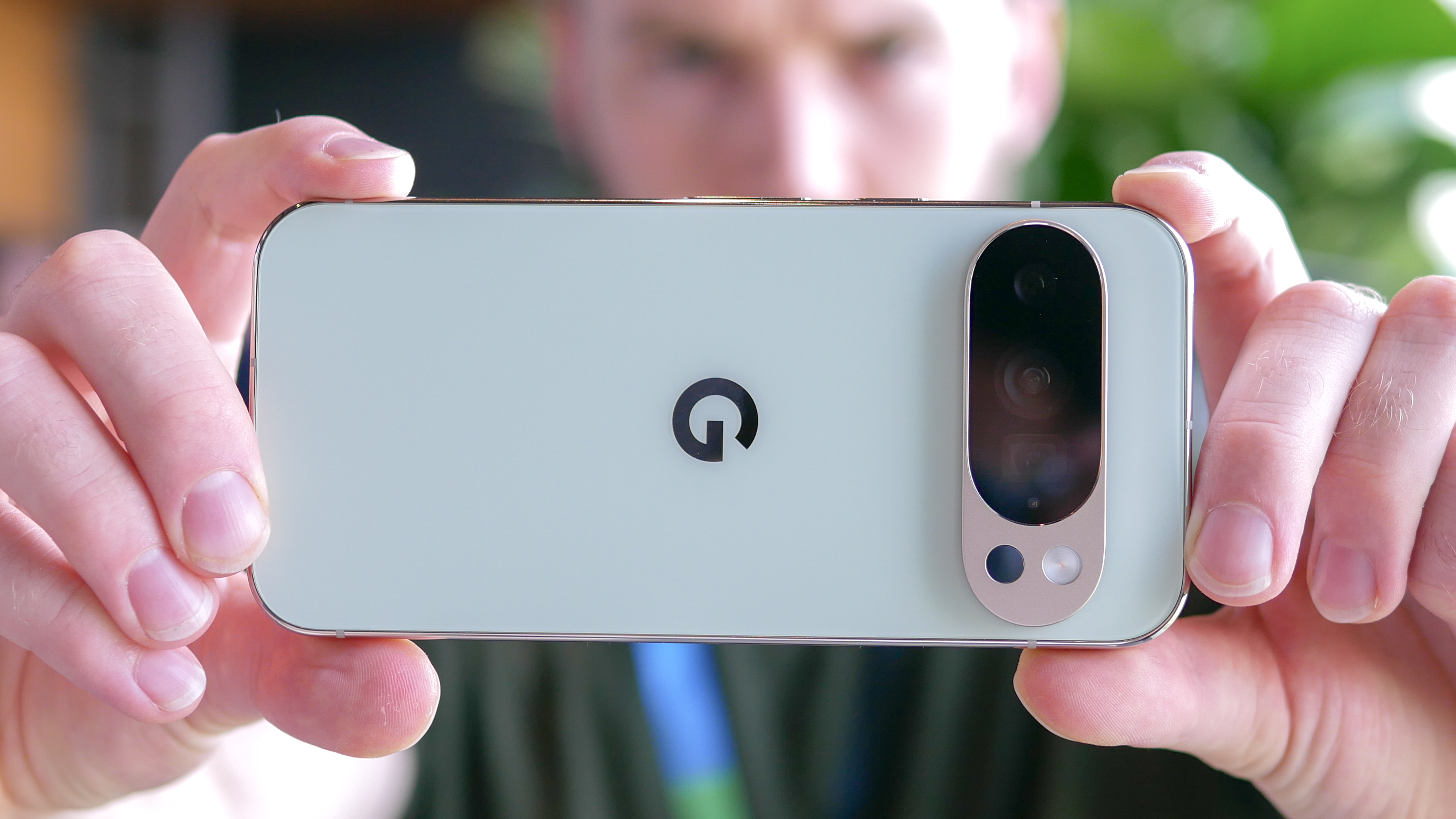
- Pixel 10 gets triple cameras, including a 5x telephoto shooter.
- Pros are going to be better for low light.
- Pro Res Zoom on Pros use AI to enhance zoom photos
- More video features with the Pros.
I’m most astounded by how the Pixel 10 has the biggest camera upgrades out of the bunch. That’s because previous models have only offered dual-camera systems, but the Pixel 10 gets a triple camera array that’s complete with a dedicated telephoto camera with 5x optical zoom.
Again, you’ll want to take a look at the table above to see how their cameras differ from one another — and it’s clearly evident that the Pixel 10 Pro and 10 Pro XL have the better cameras all around. In fact, the Pros have the same identical set of cameras with faster apertures than what’s in the Pixel 10. This is important because it means that the Pros are better equipped to capture fast-moving subjects, along with low light photography.
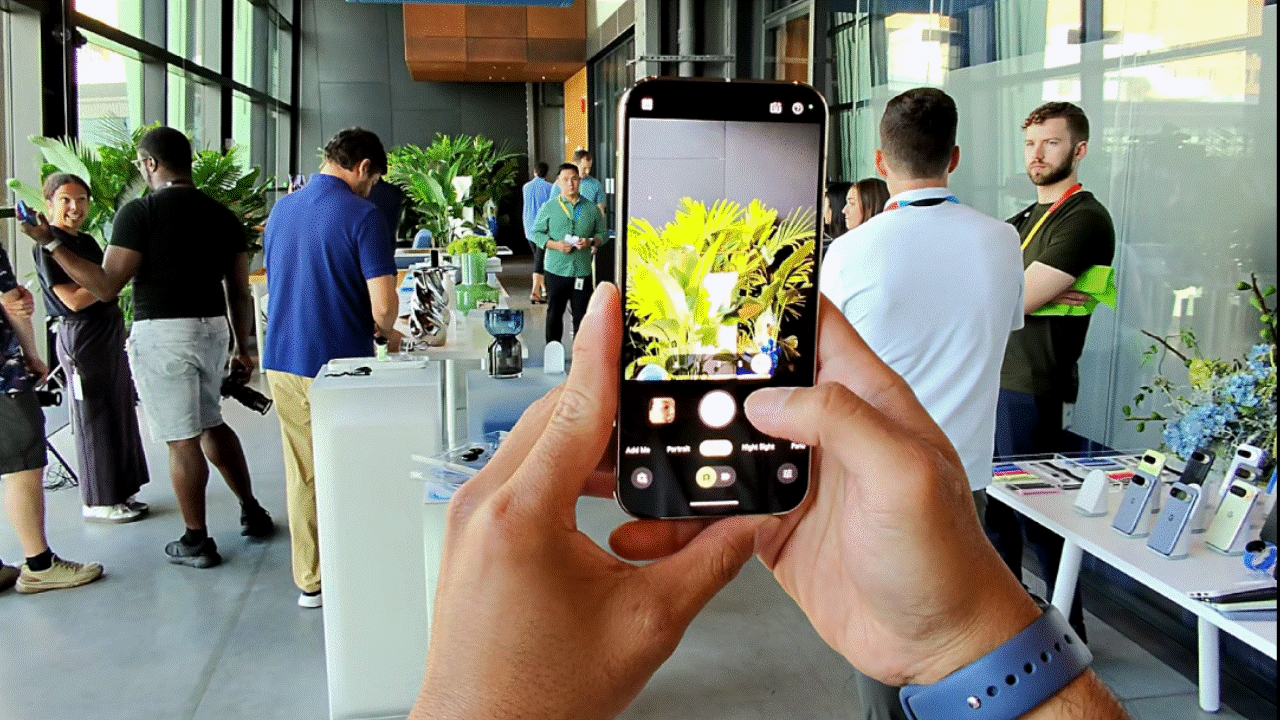
While the Pixel 10 gains a zoom camera to broaden its range, it’s a 10.8MP (f/3.1) telephoto with 5x optical zoom. In contrast, the Pixel 10 Pro and 10 Pro XL are armed with the better 48MP (f/2.8) telephoto shooters with 5x optical zooms. You’ll get up to a 100x zoom with the Pros, while the Pixel 10 tops out at 20x.

I also need to tell you that all three Pixels share the same new AI camera tools — like Ask Photos to make edits by describing them, Auto Best Take that uses AI to change faces, and Camera Coach that uses Gemini to help guide you to take better photos. With the Pixel 10 Pro and 10 Pro XL, they have extra features like Pro Res Zoom that uses generative AI to enhance zoom photos, high-res portrait mode that lets you capture 50MP portraits, Pro Controls, Video Boost, and Night Sight Video.
When it comes to video, I’m really surprised how all three have similar capabilities. They all offer 4K 60fps recording, 240fps slow motion capture, 10-bit HDR video, and OIS for video. You’ll get extra features and shooting modes with the Pros, such as Video Boost, Night Sight Video, and 8K 30fps recording — making them much more video centric than the Pixel 10.
Pixel 10 vs Pixel 10 Pro vs Pixel 10 Pro XL: Performance

- Tensor G5 powers all phones.
In typical Google fashion, all three Pixels are powered by the same SoC — the Tensor G5, which Google says offers 60% better TPU performance and 34% faster CPU performance. I expect benchmark test scores to be very similar between them, despite how the Pixel 10 has 12GB of RAM while the Pros have 16GB of RAM.
In my short hands on time checking out the Pixel 10, Pixel 10 Pro, and Pixel 10 Pro XL, they all exhibited the same instantaneous responses that the series is known for, but I’m hoping to see benchmark scores showing significant gains given how Google’s Tensor chips have frequently underperformed against the competition.
Pixel 10 vs Pixel 10 Pro vs Pixel 10 Pro XL: Battery and charging
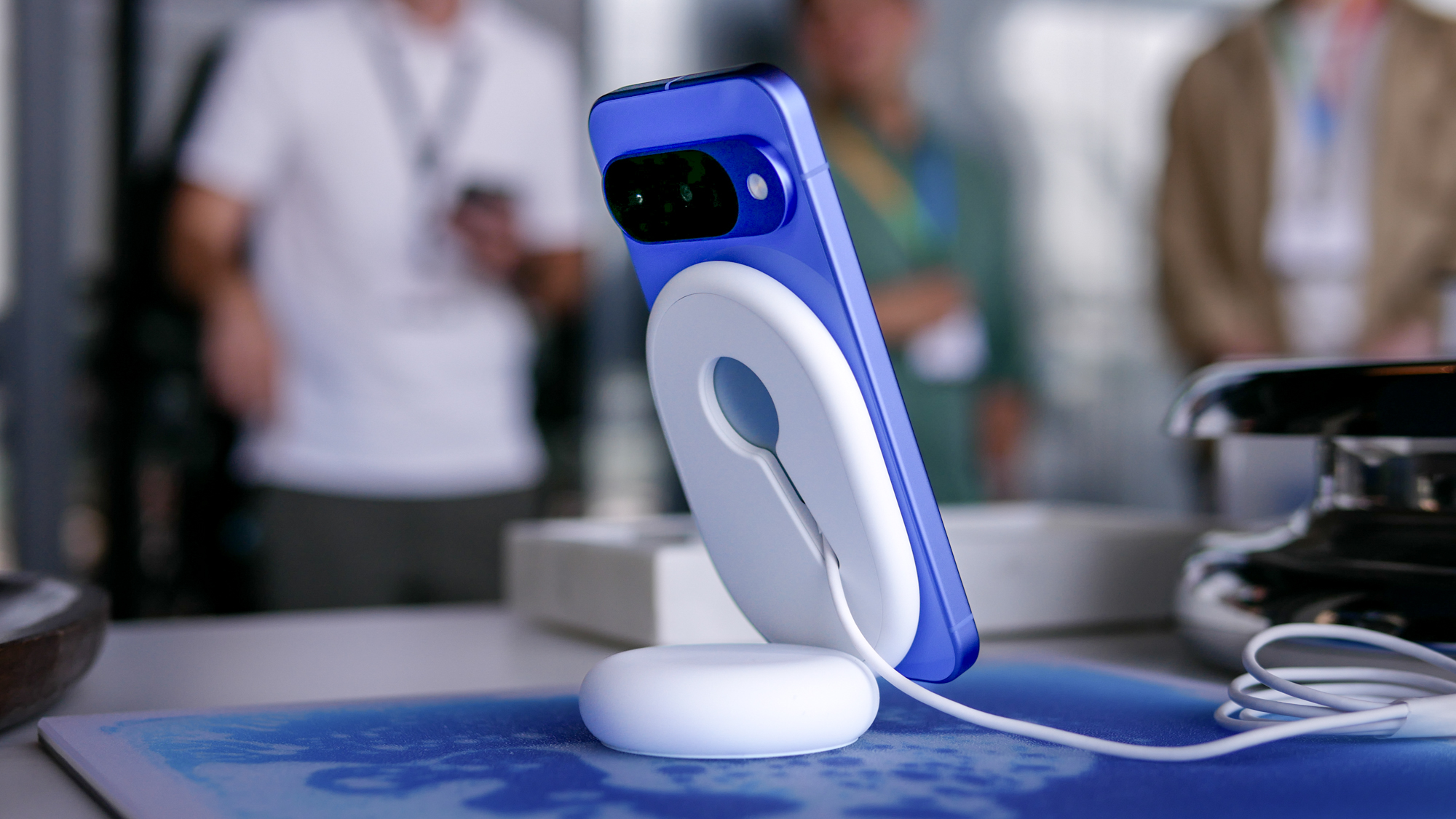
- Pixel 10 Pro XL has the fastest charging speeds.
- Pixel 10 actually has a larger display than the Pixel 10 Pro.
- All three have Pixelsnap support.
All three have larger batteries than their predecessor, so I anticipate battery life to improve — more so when the Tensor G5 is expected to be more power efficient than the previous Tensor G4. The capacities are obviously different, but I’m still confused as to why the Pixel 10 has a larger 4,970 mAh battery compared to the 4,870 mAh one in the Pixel 10 Pro. I honestly wouldn’t be surprised, though, if the Pixel 10 ends up lasting longer on Tom’s Guide’s battery drain test.
But if you want the longest battery life, there’s a good chance that the Pixel 10 Pro XL will be the one with its massive 5,200 mAh cell. At the same time, the 10 Pro XL has the fastest charging speeds of the bunch with 45W wired charging and 25W wireless charging courtesy of its Qi2.2 support.
Google also introduced its Pixelsnap accessories, which uses magnetic technology to ‘snap’ to the back of each phone. I’m stoked about this because for years I’ve been using MagSafe accessories and could only use them after buying a MagSafe compatible case. With Pixelsnap, those magnets are now embedded into the back of each phone.
Pixel 10 vs Pixel 10 Pro vs Pixel 10 Pro XL: Software and AI

- Launching with Android 16.
- All three have the same AI features.
- Pixel 10 Pro and 10 Pro XL get 1-year Google AI Pro subscription.
Android 16 is the software that all three will launch with, so the look, feel, and experience will be identical. Meaning, you’ll be exposed to the Material 3 Expressive design language that was first shown off at Google I/O 2025 earlier this year. There’s some new features with Android 16, but they’re not as forward facing as prior rollouts. Instead, Google’s putting all the attention on AI — and rightfully so because it’s what makes these Pixels special.
Because all three phones are powered by the Tensor G5, they all get access to the same features, which I think is phenomenal. They include Magic Cue that delivers proactive actions based on the context of what you’re doing on the phone, Voice Translate that uses generative AI to translate phone conversations using your voice, and Take a Message that will provide contextual actions with missed calls.
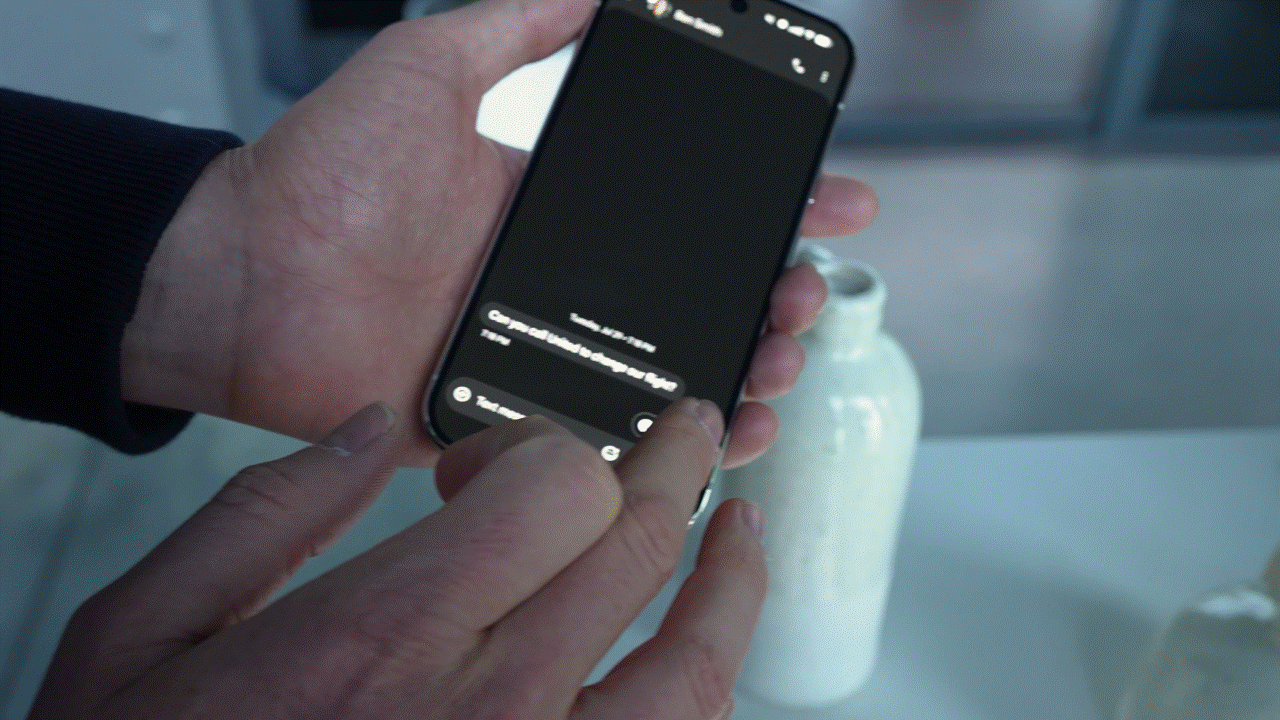
The Pixel 10 Pro and 10 Pro XL, however, come with a Google AI Pro subscription for a year — giving it access to Google’s most powerful AI models and tools. I’ve been using many of them for the past year and let me tell you how much I rely on them with my day-to-day activities. The benefits of this include 2TB of cloud storage, generating videos with Veo 3, deep research models, and more. The Pixel 10 gets access to Google’s usual free trial period, which is only for a month.
Pixel 10 vs Pixel 10 Pro vs Pixel 10 Pro XL: Outlook
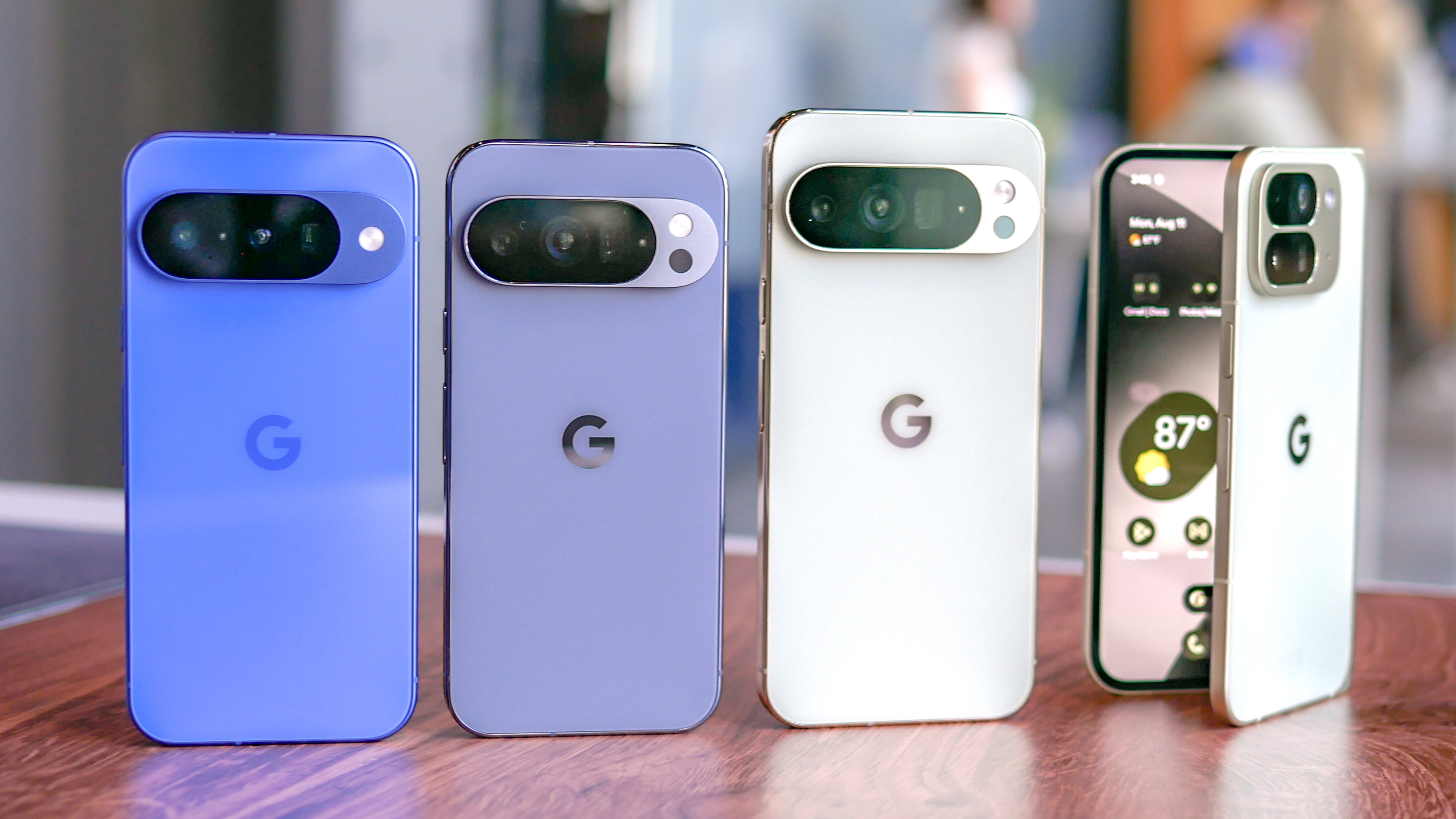
I have my eye on the Pixel 10, mainly for the fact that Google upgrades it to a triple camera system. Plus, it helps that it shares many of the same AI features as the rest of the phones — all while being $200 less than the Pixel 10 Pro and $400 less than the 10 Pro XL.
But don’t count them out just yet, just because the Pixel 10 Pro XL does have a couple of exclusives. For example, it has the fastest charging speeds of the bunch, the largest display, and also the biggest battery that should make it last the longest. If that’s not high on your list, the Pixel 10 Pro is still a good option that’ll save you money.
I’m just on the fence about how the Pixel 10 doesn’t get the same one year subscription to Google AI Pro. If you’re already subscribed to it, then there’s nothing to worry about.
Follow Tom's Guide on Google News to get our up-to-date news, how-tos, and reviews in your feeds. Make sure to click the Follow button.
More from Tom's Guide
- Samsung Galaxy S26 Ultra could get an ingenious display privacy upgrade
- We asked, you answered: Who wins, Waze or Google Maps?
- Apple's budget-friendly iPhone 17e just tipped to get three big upgrades

John’s a senior editor covering phones for Tom’s Guide. He’s no stranger in this area having covered mobile phones and gadgets since 2008 when he started his career. On top of his editor duties, he’s a seasoned videographer being in front and behind the camera producing YouTube videos. Previously, he held editor roles with PhoneArena, Android Authority, Digital Trends, and SPY. Outside of tech, he enjoys producing mini documentaries and fun social clips for small businesses, enjoying the beach life at the Jersey Shore, and recently becoming a first time homeowner.
You must confirm your public display name before commenting
Please logout and then login again, you will then be prompted to enter your display name.

